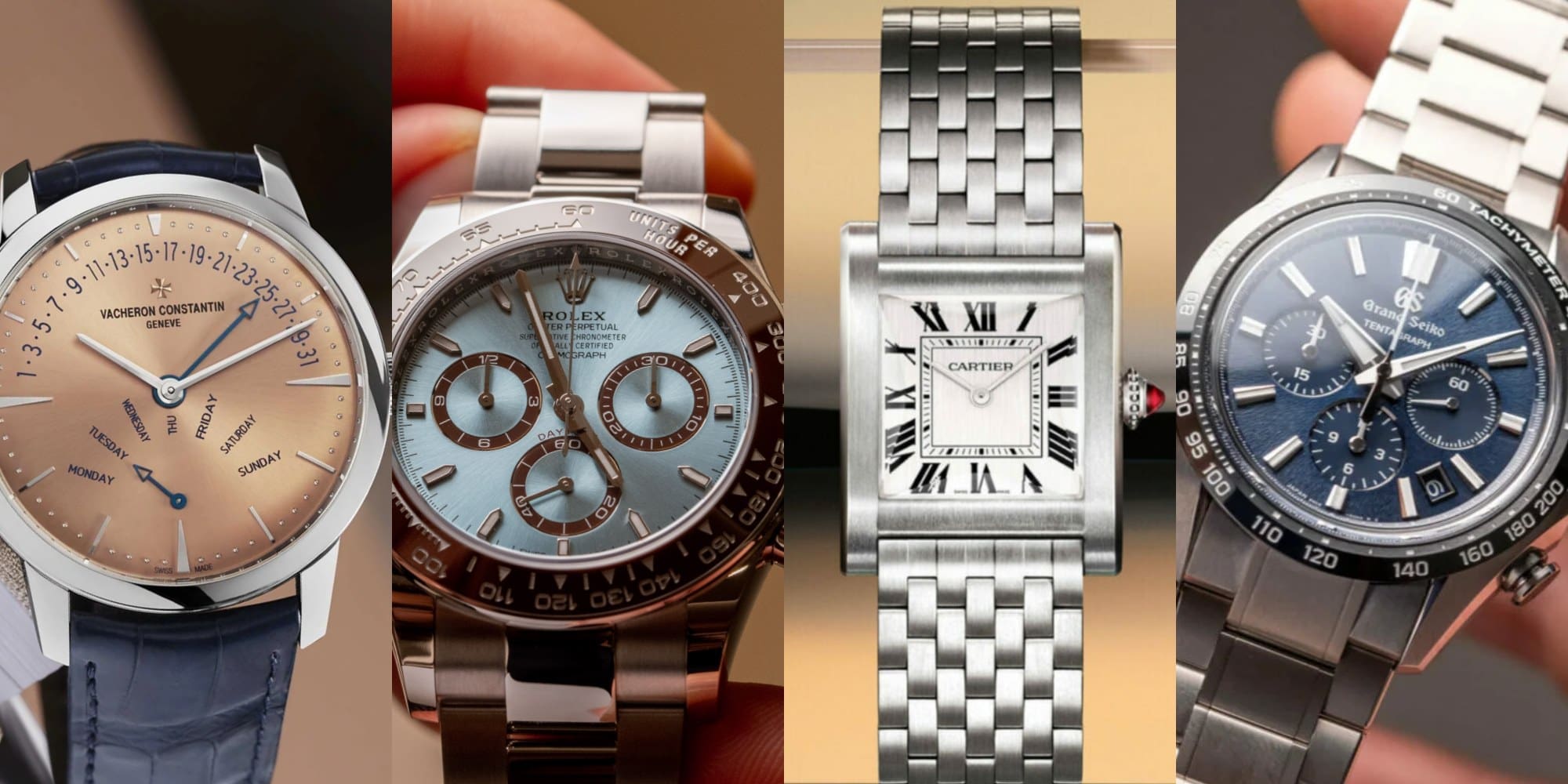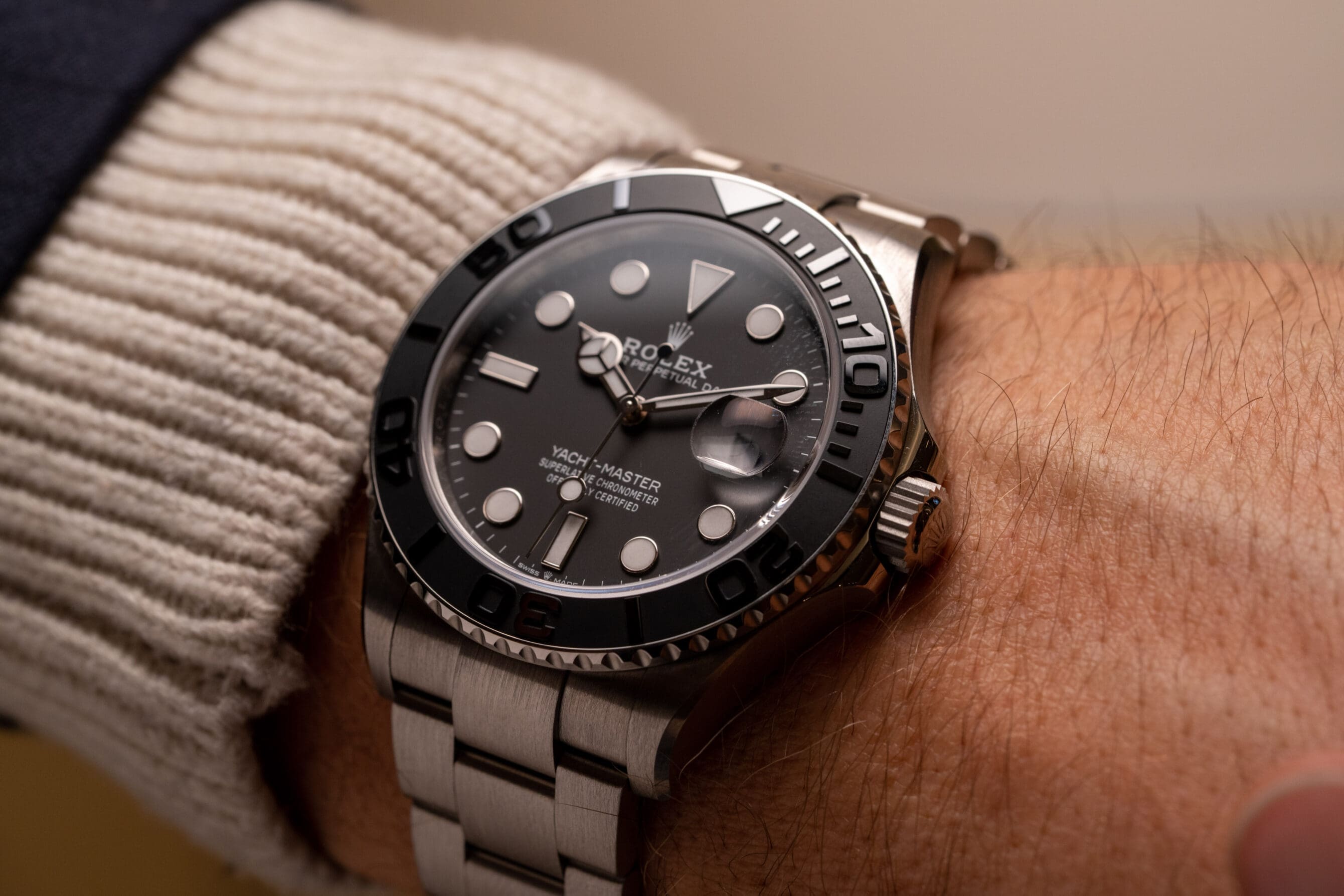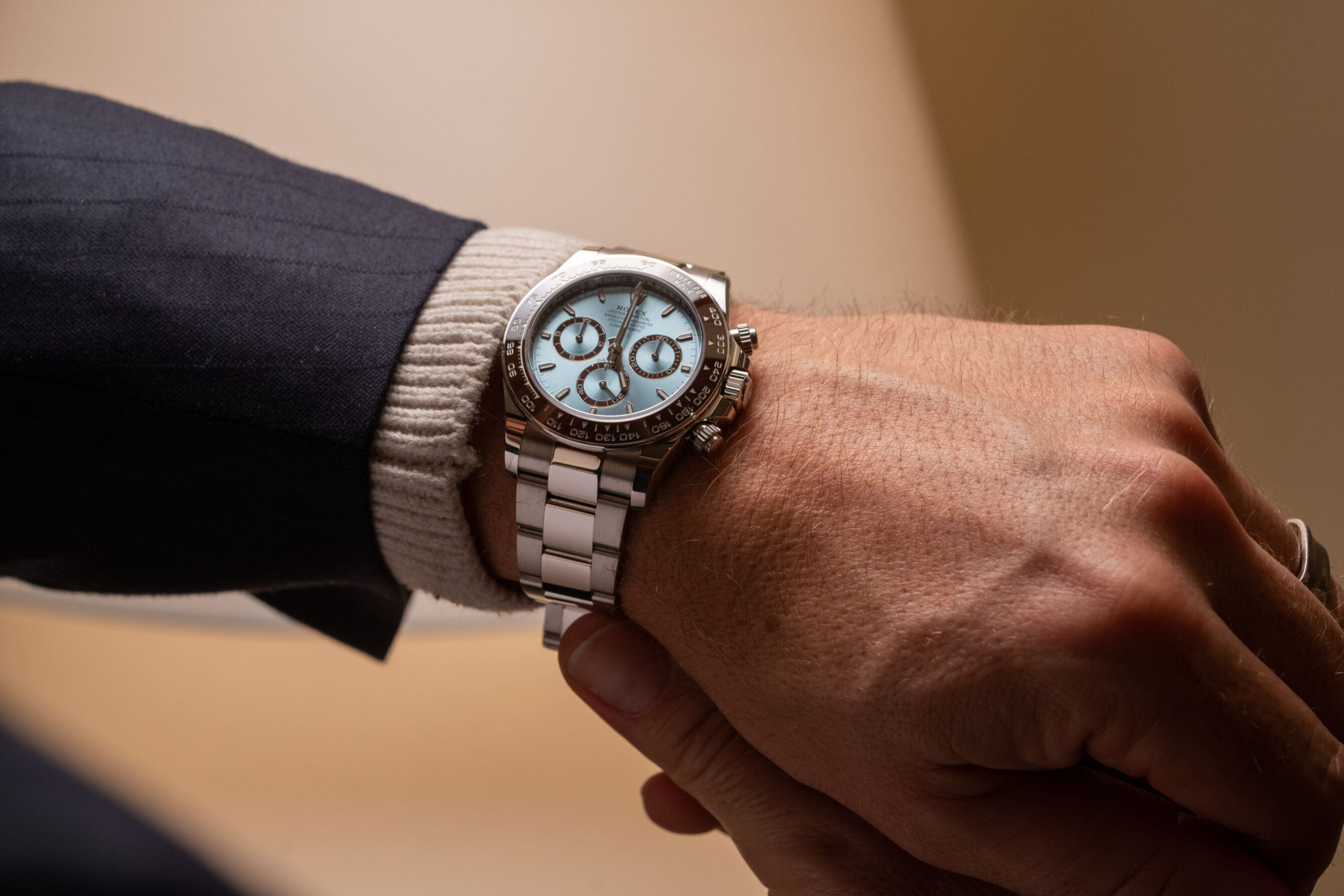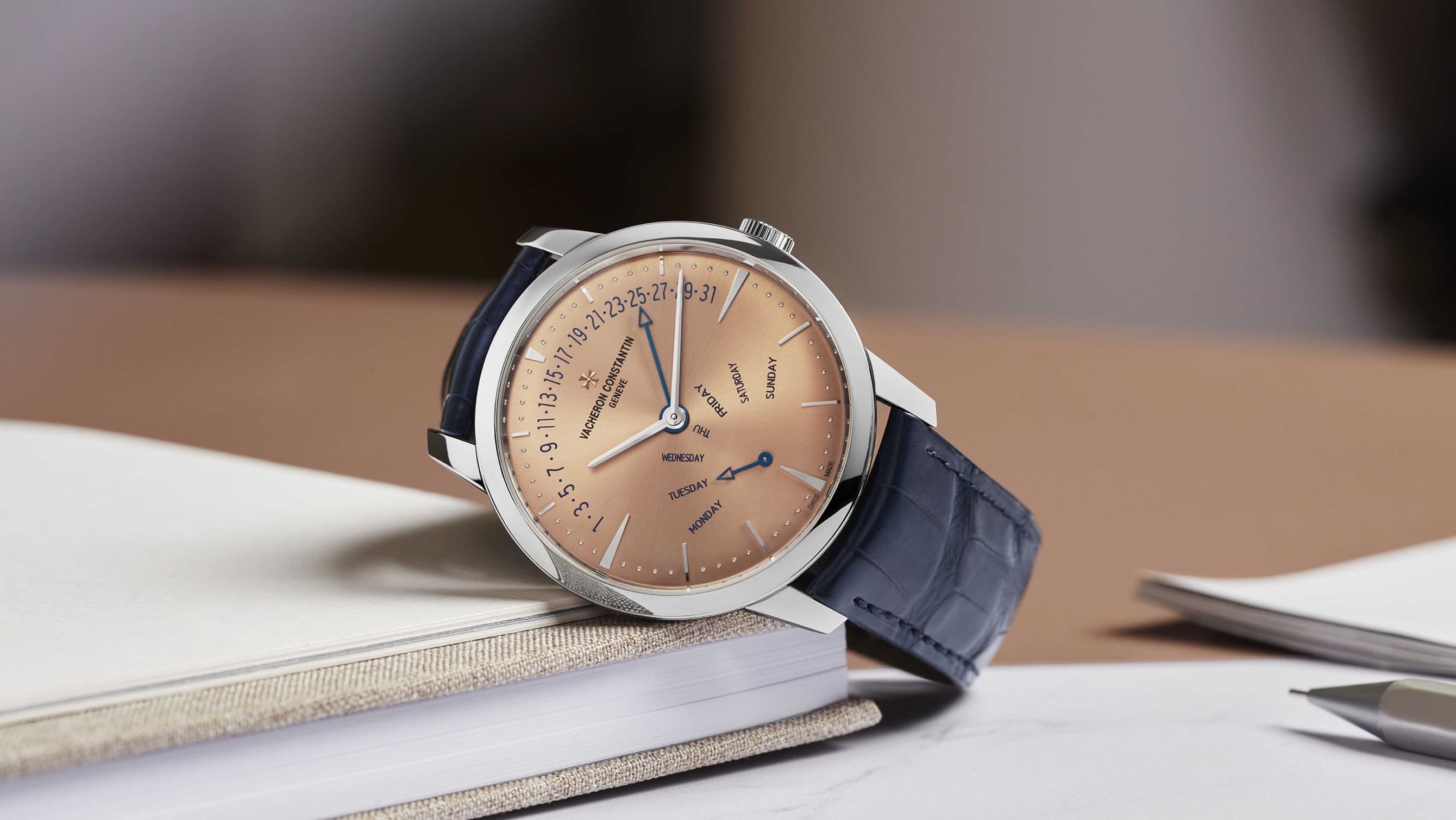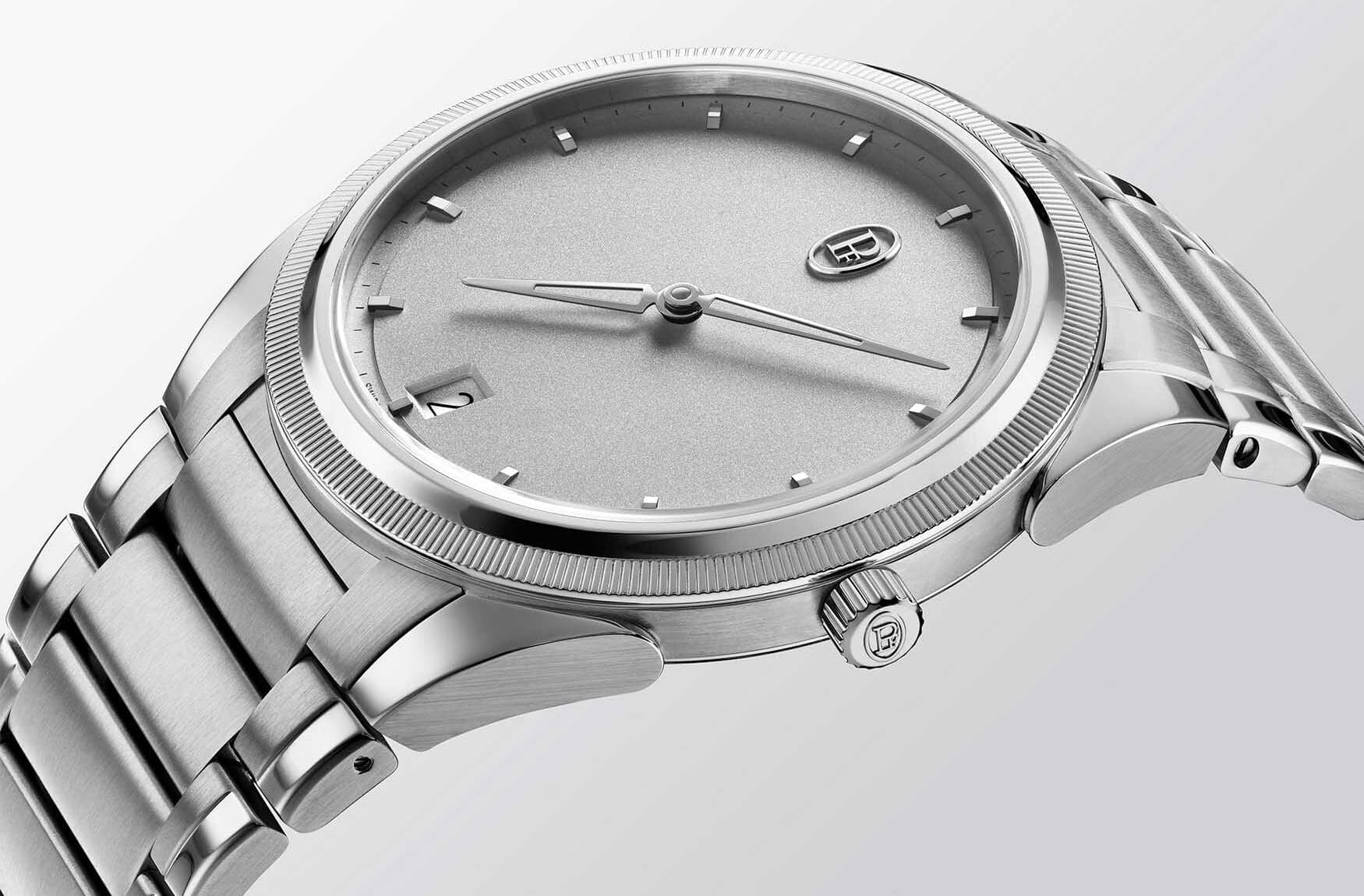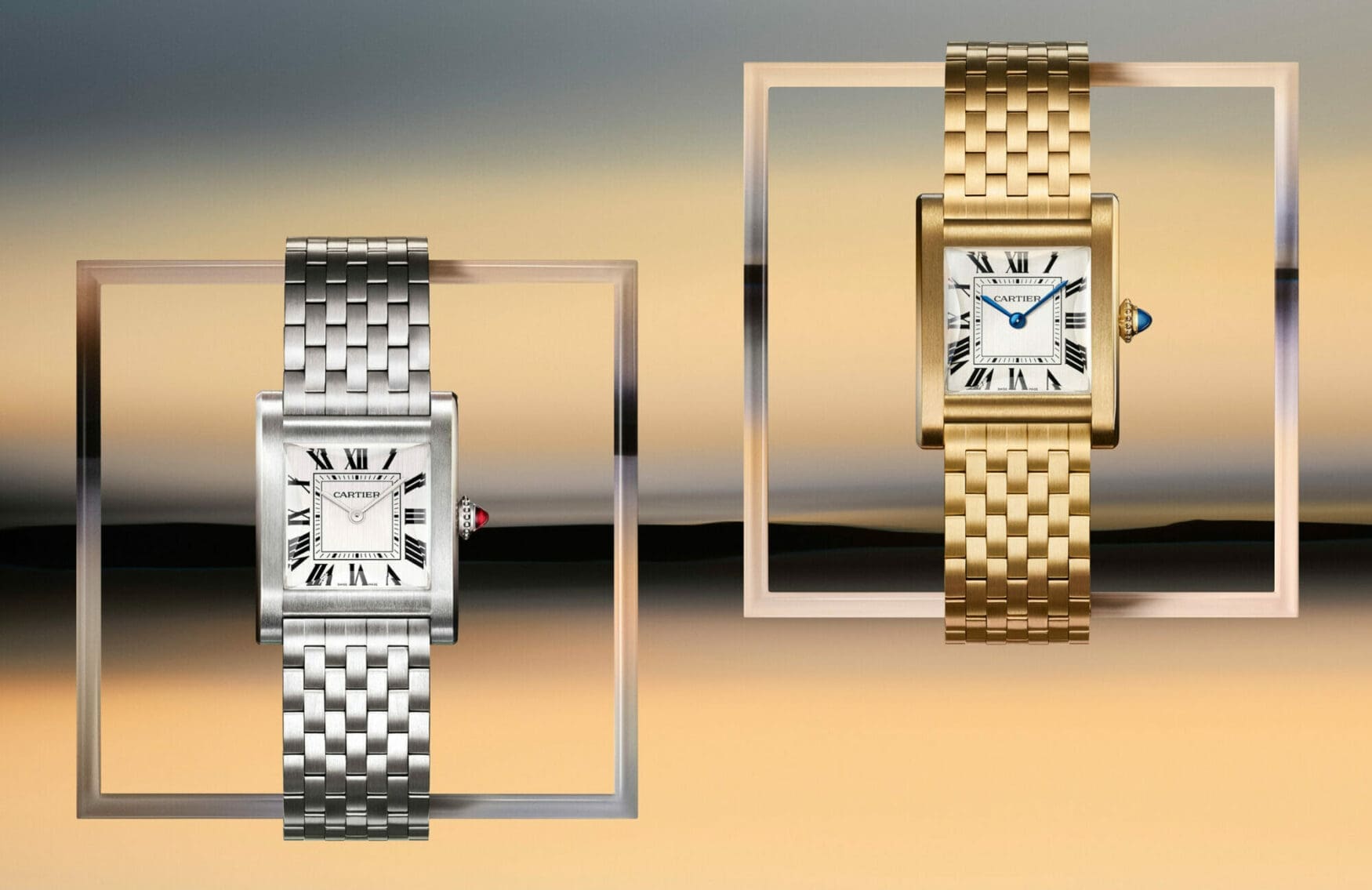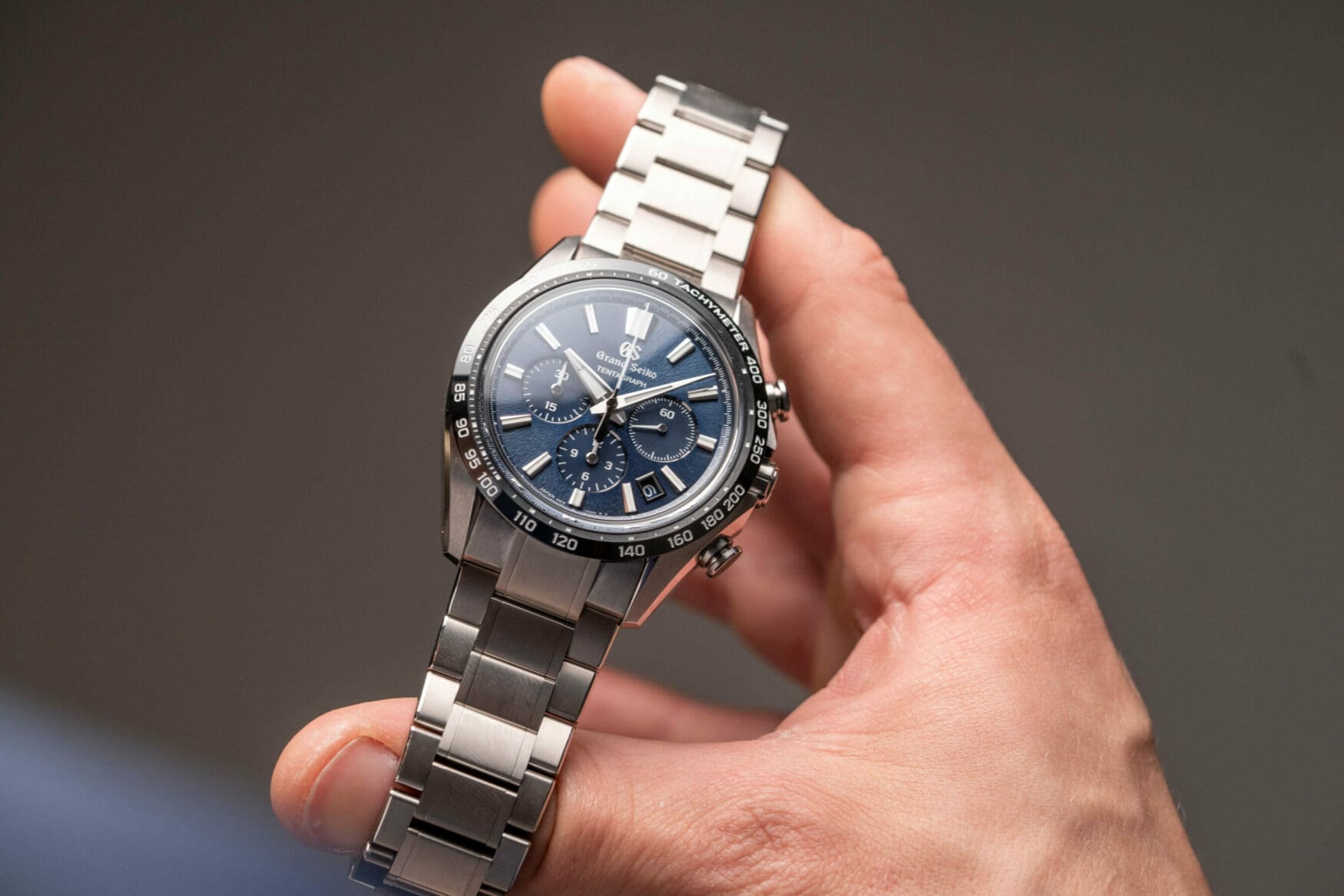New releases show platinum is the heavy metal that it’s still OK to like
Luke BenedictusThe English physicist and mathmatician Sir Isaac Newton believed that for every action there is an equal opposite reaction. Chinese cosmology stands by a similar universal concept in the form of the yin yang that pertains to contrary but interconnected forces. Admittedly, this is rather piddly compared to those grand ideas, but I wonder if something similar is going on in the world of watch materials. Let me explain…
The received wisdom in recent months is that titanium has won a widespread acceptance in luxury watchmaking. The material does, of course, offer plenty of benefits to watchmakers due to it being lightweight, strong and corrosion-resistant. But while titanium watches are hardly new, it’s taken the watch world a while to fully embrace them, perhaps due to the fact that consumers are psychologically attuned to associate weight with quality.
Those reservations apparently ended last year with a plethora of brands embracing titanium. Notable releases in the material included the Rolex DeepSea Challenge, Tudor Pelagos 39 and Longines Spirit Titanium, while some of the most prestigious brands around – A. Lange & Sohne, Audemars Piguet and Patek Philippe also decided they were ready to lighten up, too. That momentum has only continued this year with Watches & Wonders unveiling the Rolex Yacht-Master in RLX Titanium, Oris Kermit and Czapek Antarctique Titanium Dark Sector among others.
Yet just before Isaac Newton get his knickers in a twist, something else was also notable at this year’s biggest watch fair. Platinum, the watch material renowned for its considerable weight, appeared in a number of what were (for me at least), some of the biggest showstoppers of the fair.
Amid the five new models to mark the Daytona’s 60th anniversary, Rolex released the platinum Cosmograph Daytona with its icy blue sunburst dial encircled by that chestnut brown Cerachrom bezel. Notably it offered a sapphire caseback that allowed you to peek at the 4131 movement featuring a rare gold rotor.
Vacheron wowed us with the Patrimony Retrograde Day-Date whose dusty rose dial is encased by platinum’s soft white hue. The top half of the dial featured a semi-circle of printed date numerals pointed to by a blued, skeletonised hand , while the bottom half includes a smaller hand that denotes the days spread out in a fan-like shape.
Of late, Parmigiani Fleurier have specialised in sports watches that are all about quiet understatement. So their decision to introduce the Tonda PF Micro-Rotor in the ultimate stealth-wealth metal made perfect sense. The new model comes in a solid platinum case with a dial also made from sandblasted platinum to boot.
Meanwhile Cartier’s new Privé Tank Normale collection included a platinum version that was available on a case-matching, seven-link brick bracelet also available in platinum.
Finally, there was the Grand Seiko SLGC001 Tentagraph, the Japanese brand’s first-ever fully mechanical chronograph watch. Its material? High-intensity titanium.
I appreciate that platinum watches are nothing new. Yet at a time when the watch world is so enamoured with titanium’s lightweight functionality, the heft and luxury of platinum seem no less desirable for brands when it comes to the special timepieces they really want to shout about. Platinum’s whiter hue, it seems, offers the yin to titanium’s gun-metal grey yang. Which is hopefully reassuring news for Chinese cosmologists.




